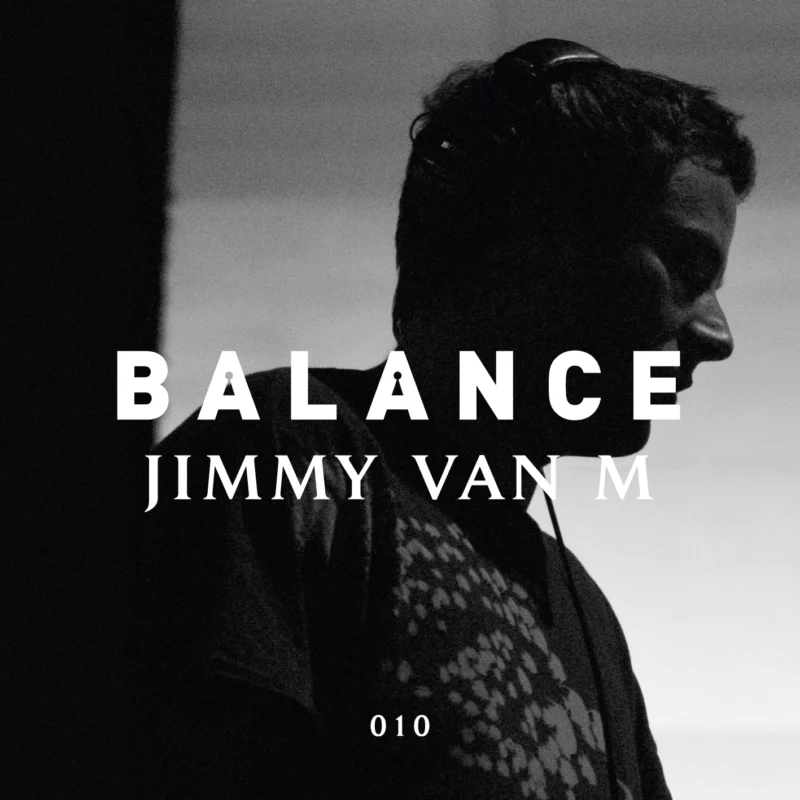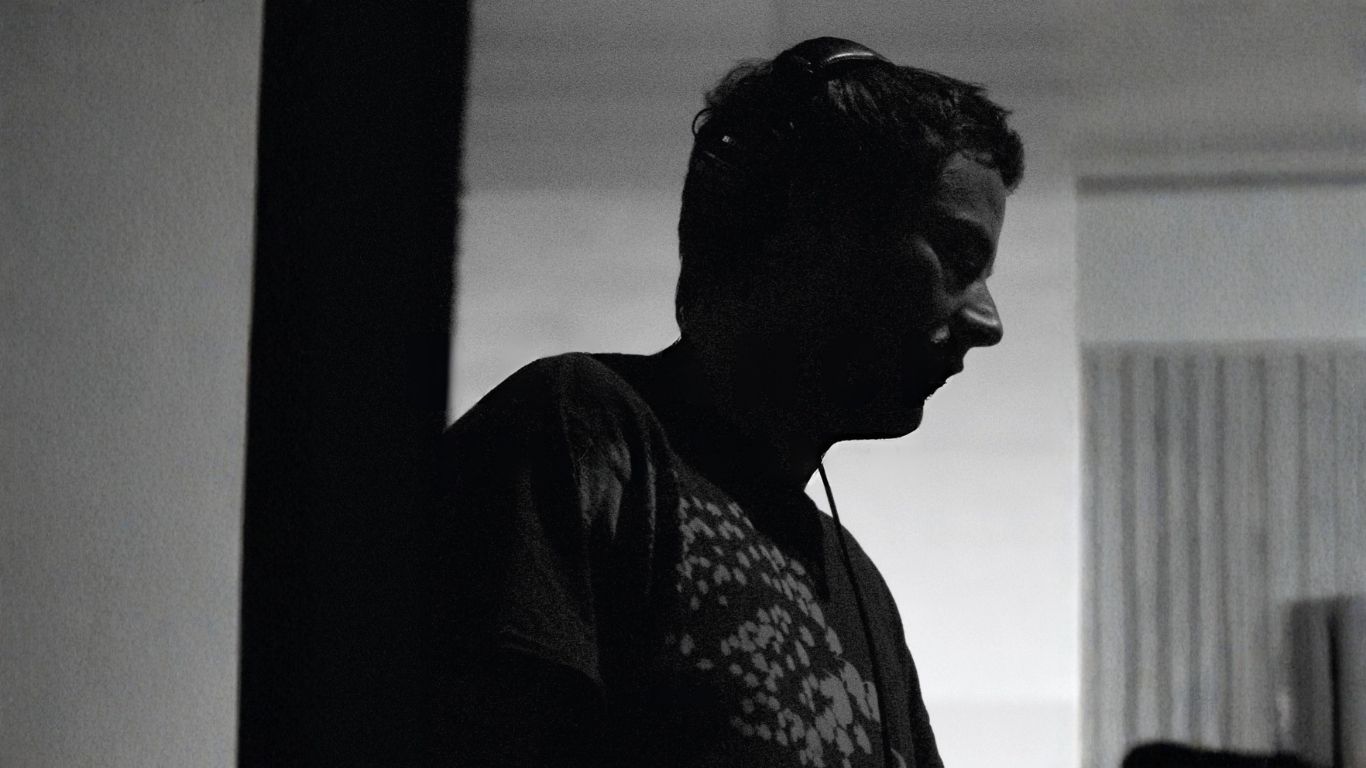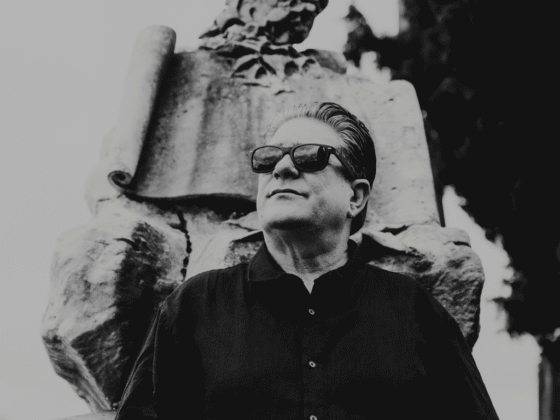We revisit Jimmy van M and how he created one of the most underrated releases in Balance Series history…
In 2006, when the borders of progressive house were starting to blur and music started melting into the digital sphere, Balance 010 arrived with almost monastic ambition.
A three-disc journey mixed by Jimmy Van M, the release cut against the pace of its moment: patient, structured, emotionally articulate, and stubbornly uninterested in chasing trends. It didn’t shout for attention. It didn’t try to out-shine the giants of the series.
Instead, it built something more durable, a slow-burn statement that critics recognised as one of the era’s most meticulous experiments in long-form storytelling.
From the outside, the choice of Van M seemed unexpected. What often gets lost in the mythology is that Jimmy wasn’t just ‘along for the ride’. He was very active, a behind-the-scenes guy, the man responsible for opening America to the genius of Sasha and John Digweed.
It was a casual idea pitched to the UK jocks about doing something bigger and more ambitious than the usual run of club dates, that became the spark for the Delta Heavy tour.
Yes, the trio built it together, but the initial concept was Jimmy’s, a quiet reminder that his influence ran deeper than the warm-up sets he became known for.

Even though he had an extensive résumé and was regarded as an influential industry presence, his public persona was understated compared to the colour of his contemporaries.
That became part of the Jimmy van M charm: here was a DJ uninterested in theatrics, working with near-ascetic focus, shaping three discs around tempo rather than genre, and refusing to compress his range into a formula.
The project solidified Jimmy as a tastemaker, something his peers were plugged in on from the start.

For E.Q. Recordings at the time, Jimmy’s mix was framed as a milestone for the Balance series, and much of the music press agreed. What made feel different was its scope. Van M divided the mix into downtempo, midtempo, and uptempo movements, treating each disc as a chapter rather than a standalone club tool.
Critics repeatedly highlighted the structural intelligence: Bill Laswell drifting through the early minutes, Boards of Canada melting into Thievery Corporation, the Cocteau Twins dissolving into Speedy J, and the opening salvo of both ‘Les Djinns’ remixes appearing as the hypnotic opener of the final disc.
Review after review noted the same idea: the mix wasn’t built to impress quickly, it was crafted to reveal itself over time.

Across dozens of outlets, that message kept resurfacing. Washington Post praised its eclecticism and depth. ProgressiveHouse.com called it a rare three-disc set with “immediate impact” and “timeless appeal.” Nocturnal Magazine treated it like a generational marker, tracing Van M’s role in the American scene and positioning the compilation as an artistic summation.
WorldDJ described it as a patient, cinematic listen, rewarding those willing to sit inside its full narrative arc. Even small blogs and city papers — Barcelona, Chicago, Hong Kong, Boston — clocked the ambition and applauded the detail.
It approached the compilation format the way film directors approach a three-act screenplay: set the environment, develop the tension, release it at the right moment. In the marathon era of 2006 clubbing and the start of electro-house maximalism, this was a rare mix that favoured narrative over impact.

And yet, despite being widely covered and strongly reviewed at the time, the compilation slowly drifted into the background of Balance history. Subsequent entries naturally dominated memory.
Balance 010 became something else: a connoisseur’s favourite, admired by those who dug for nuance rather than scale. It never vanished, but it remained just outside the collective recall, welcoming listeners willing to take the longer road.
With hindsight, that positioning feels exactly right. Just like the man behind the mix, the compilation stayed aptly deferential. This was a release born for slow devotion. A three-disc set that doesn’t chase dopamine or summarise the moment.
Van M later said it was “sort of my all-time favorite music that I’ve been able to compile” and you can hear that kind of personal curation in every transition. At a time when dance music was crystallizing an EDM gloss, fracturing, and shifting into blogs and MP3 players, he delivered something almost defiantly patient.
Maybe that’s why the album never became mythologised in the same way other Balance entries did: it wasn’t trying to. It was the rare mix that sounded both precise and human, built with the instincts of someone who treated music as a long-term companion rather than a disposable trend.
It carries the joy of a true music lover who finally gets an opportunity to share their favourite tracks with you.

Two decades later, in an era obsessed with speed, distraction, and instant payoff, Balance 010 feels strangely contemporary again. Its pacing makes sense. Its mood makes sense. Its devotion to storytelling makes sense.
The quiet ambition that critics noticed in 2006, the patience, the structure, the emotional clarity, reads today like a reminder of what the compilation format can still be when handled with care.
A forgotten masterpiece isn’t forgotten because it failed. It’s forgotten because the world moved faster than the attention the work required.
Maybe it’s time to give Balance 10 the attention it deserves.











